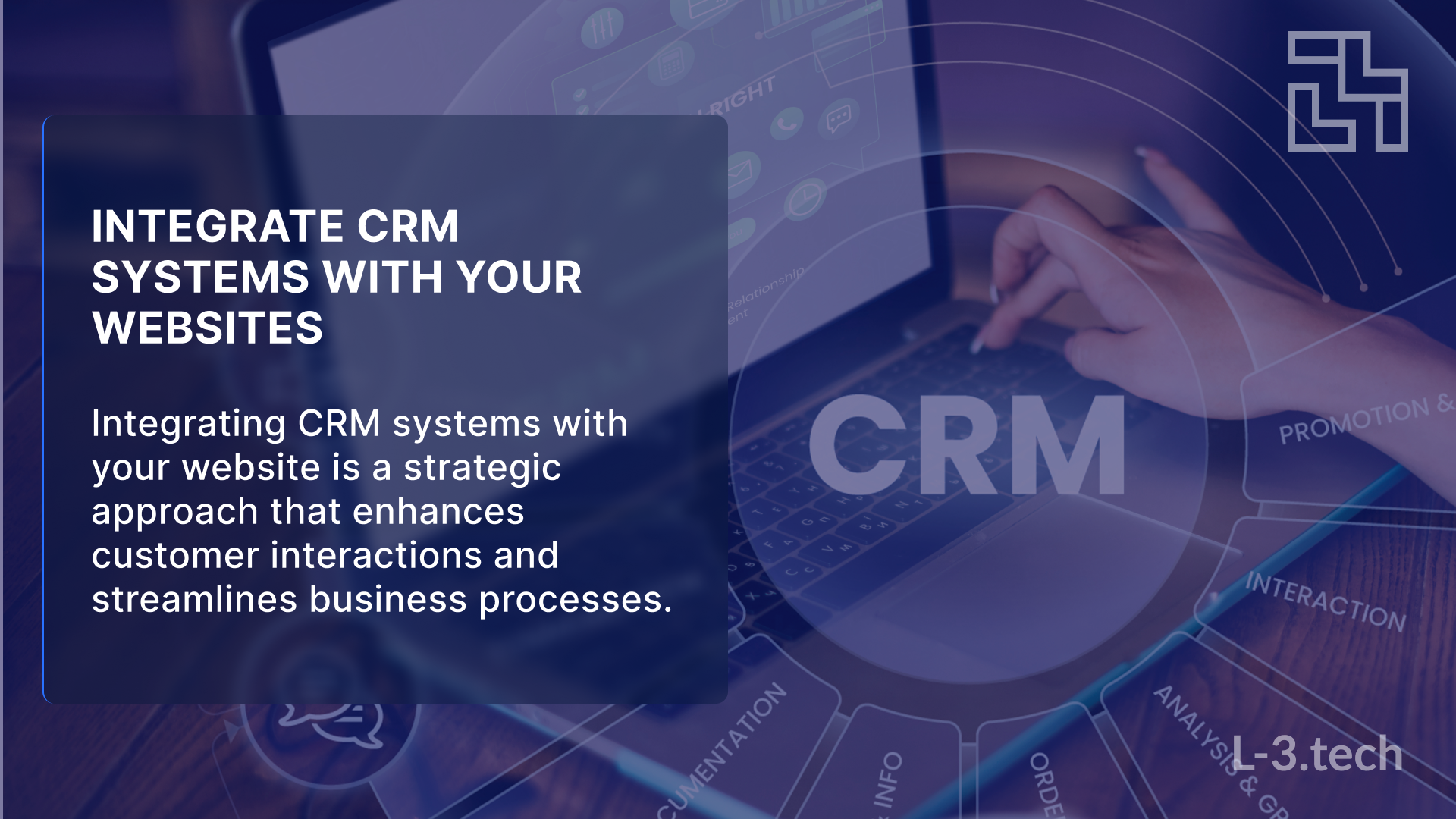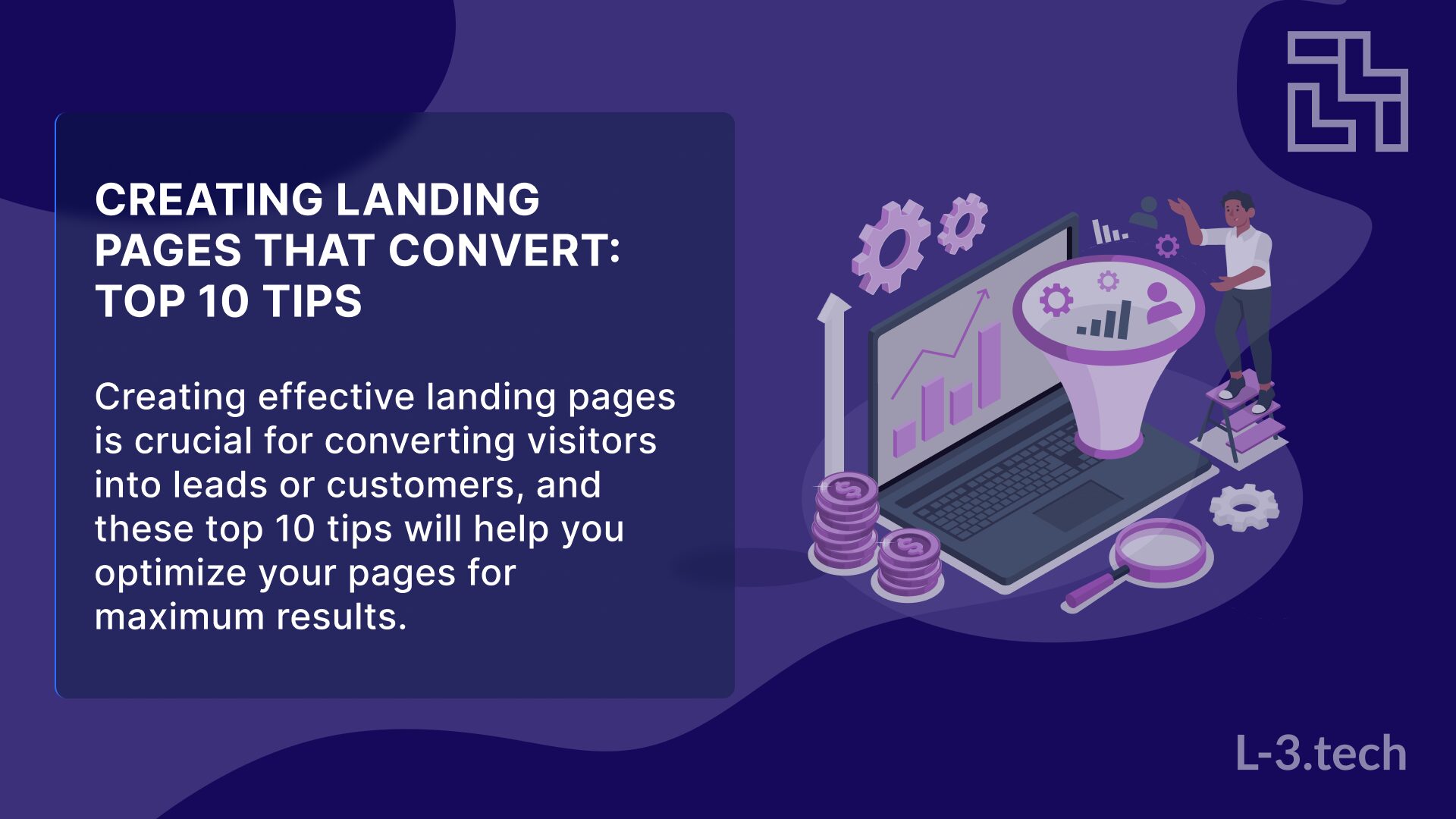Understanding Web Analytics
Web analytics is the measurement, collection, analysis, and reporting of web data, providing businesses with essential insights into their online presence. By analyzing this data, we can uncover valuable insights that guide our clients in making informed decisions, improving marketing strategies, and enhancing user experience.
At L-3.tech web studio, our approach to web analytics focuses on clarity and actionable insights. We ensure that our clients grasp the significance of the data, empowering them to optimize their websites effectively. We believe that knowledge is power in the digital landscape.
- Definition of Web Analytics: Understanding what web analytics is and how it functions as a tool for businesses.
- Importance of Data-Driven Decisions: The value of using data to guide business strategies and decisions.
- Role of Web Analytics in Business Growth: How analytics supports business expansion and success.
- How Analytics Improves User Experience: Enhancing user satisfaction and engagement through data insights.
- Benefits of Understanding Web Data: The advantages businesses gain by interpreting and utilizing web data.
What is Web Data?
Web data refers to the information collected from users visiting a website, including metrics like page views, bounce rates, and session duration. Understanding web data is crucial for any online business, as it provides insights into user behavior and preferences. By analyzing this data, businesses can tailor content to meet user needs, ensuring a personalized and engaging user experience.
Key Metrics in Web Analytics
Key metrics in web analytics include traffic sources, conversion rates, and user demographics. These metrics help us gauge the effectiveness of marketing campaigns and reveal how users interact with the site. By focusing on these metrics, we can identify areas for improvement, leading to better engagement and higher conversions for our clients.
The Role of Cookies in Analytics
Cookies are small files stored on a user’s device that track user behavior across websites. In web analytics, cookies help us gather data about user sessions, providing vital information for understanding user journeys. By leveraging cookies, we can provide personalized experiences for our clients’ visitors, enhancing engagement and satisfaction.
Data Visualization Techniques
Data visualization techniques transform complex data into understandable visuals. Charts, graphs, and dashboards make it easier to interpret web analytics. At L-3.tech, we use these techniques to present findings to our clients, highlighting trends and patterns in user behavior. This clarity aids in strategic decision-making and business growth.
Integrating Web Analytics with Marketing Strategies
Integrating web analytics with marketing strategies enhances campaign effectiveness. By analyzing user data, we can refine targeting and messaging, ensuring that marketing efforts resonate with the audience. Our clients benefit from improved ROI and increased customer engagement. A data-driven approach is essential for successful marketing and business expansion.
Tools for Web Analytics
There are various tools available for web analytics, each offering unique features and capabilities. At L-3.tech, we help our clients choose the right tools based on their needs. Popular options include Google Analytics, Adobe Analytics, and Matomo, providing comprehensive insights into website performance.
Using the right tools allows us to gather accurate data essential for making informed decisions. We guide our clients in setting up these tools effectively, ensuring they capture all relevant metrics. Proper implementation leads to more meaningful insights and better outcomes.
- Overview of Popular Analytics Tools: A look at the different tools available for web analytics.
- Choosing the Right Tool for Your Business: Factors to consider when selecting an analytics tool.
- Setting Up Analytics Tools Correctly: Ensuring proper implementation for accurate data collection.
- Integrating Tools with Existing Systems: Seamless integration with existing business systems.
- Maximizing the Potential of Analytics Tools: Leveraging tool capabilities for optimal insights.
Google Analytics Features
Google Analytics is one of the most widely used web analytics tools, offering features like real-time tracking, audience segmentation, and goal tracking. These features help businesses understand user behavior in-depth. We assist our clients in utilizing these features effectively to maximize the value they get from Google Analytics.
Adobe Analytics Capabilities
Adobe Analytics provides advanced analytics capabilities, including predictive analytics and customer journey mapping. These features allow businesses to anticipate user needs and refine strategies. At L-3.tech, we help our clients leverage Adobe Analytics for deeper insights, leading to more effective marketing strategies and improved customer experiences.
Matomo as an Open-Source Alternative
Matomo is an open-source web analytics platform offering full control over data privacy and security. Many businesses prefer Matomo for its transparency and flexibility. We guide our clients in implementing Matomo effectively, ensuring they benefit from robust analytics without compromising user privacy.
Integrating Analytics with CRM Systems
Integrating web analytics with CRM systems enhances customer insights, allowing businesses to track user interactions across platforms. At L-3.tech, we help our clients set up this integration seamlessly, leading to a holistic view of customer behavior and driving better marketing and sales strategies.
Custom Dashboards for Enhanced Reporting
Custom dashboards provide tailored views of analytics data, allowing clients to focus on metrics that matter most to them. We create these dashboards based on client requirements, ensuring quick access to key insights. Custom dashboards simplify data interpretation and decision-making, empowering our clients to act on valuable insights.
Interpreting Web Analytics Data
Interpreting web analytics data is crucial for deriving actionable insights. It involves analyzing metrics and identifying trends. At L-3.tech, we help our clients understand what the data means for their business, enabling them to make informed decisions. Our goal is to turn data into a strategic asset.
We emphasize the importance of context when interpreting data. Numbers alone do not tell the whole story. We provide context by comparing data over time and against industry benchmarks, leading to more accurate conclusions and better strategies.
- Importance of Data Interpretation: Understanding the significance of data insights for decision-making.
- Contextualizing Web Analytics Data: Placing data in context for more meaningful insights.
- Identifying Trends and Patterns: Recognizing trends that inform business strategies.
- Making Data-Driven Decisions: Utilizing insights to guide strategic decisions.
- Turning Insights into Action: Translating data into actionable steps for growth.
Analyzing User Behavior Patterns
Analyzing user behavior patterns reveals how visitors interact with a website. We examine metrics like click paths and exit pages, identifying friction points in the user journey. By addressing these issues, we can enhance user experience, leading to higher conversion rates and improved customer satisfaction.
Segmentation for Targeted Insights
Segmentation involves dividing users into groups based on behavior or demographics, allowing for targeted analysis and insights. We help our clients segment their audience effectively, leading to more personalized marketing strategies that resonate better with users, driving engagement and conversions.
Benchmarking Against Industry Standards
Benchmarking involves comparing metrics against industry standards, helping businesses understand their performance relative to competitors. We assist our clients in conducting benchmarking analyses, providing valuable context for their data and helping set realistic goals.
Identifying Conversion Opportunities
Identifying conversion opportunities is a key aspect of web analytics. We analyze user behavior to find areas where conversions can be improved, such as optimizing landing pages or simplifying checkout processes. Our insights help clients enhance their conversion rates, leading to increased revenue and business growth.
Creating Actionable Recommendations
Creating actionable recommendations is the final step in our analytics process. We translate data insights into specific actions for our clients, tailored to their unique business goals. Our aim is to provide clear guidance on how to improve performance, driving results and fostering growth.
Implementing Changes Based on Insights
Implementing changes based on insights is crucial for continuous improvement. We work closely with our clients to develop action plans, outlining specific steps to enhance website performance. Our collaborative approach ensures that changes align with business objectives, leading to sustainable growth and success.
We emphasize the importance of testing and iteration. Not every change will yield immediate results. We encourage our clients to monitor the impact of changes over time. This iterative process allows for ongoing optimization, ensuring competitiveness in the digital landscape.
- Importance of Implementing Changes: The significance of acting on insights for improvement.
- Developing Action Plans with Clients: Collaborating to create effective improvement strategies.
- Testing and Iterating on Changes: Embracing an iterative approach for continuous optimization.
- Monitoring Impact Over Time: Evaluating the effectiveness of changes through ongoing assessment.
- Continuous Improvement Strategies: Fostering a culture of constant enhancement and growth.
Collaborative Approach to Change Management
Our collaborative approach to change management involves working closely with clients, ensuring they are involved in the decision-making process. This fosters a sense of ownership and commitment to changes, leading to more effective implementation and better results.
Setting Realistic Goals for Improvement
Setting realistic goals is essential for successful implementation. We help our clients define achievable objectives based on data insights, providing a clear direction for improvement efforts. Realistic goals keep teams motivated and focused, building confidence and encouraging further optimization.
Monitoring Results Post-Implementation
Monitoring results post-implementation is crucial for assessing effectiveness. We track key metrics to evaluate the impact of changes, identifying what works and what doesn’t. Our clients receive regular updates on progress, fostering transparency and trust.
Iterative Process for Continuous Optimization
The iterative process involves making incremental changes based on data feedback. We encourage our clients to embrace this approach, leading to sustained improvements over time. By regularly reviewing performance, we can adapt strategies as needed, maintaining flexibility in a rapidly changing digital landscape.
Celebrating Successes and Learning from Failures
Celebrating successes and learning from failures is part of our philosophy. We recognize and celebrate achievements with our clients, boosting morale and reinforcing the value of data-driven decisions. At the same time, we analyze failures to extract lessons, essential for long-term growth and success.
Conclusion: The Value of Web Analytics
In conclusion, web analytics is a powerful tool for gaining valuable insights, helping businesses understand user behavior and optimize their online presence. At L-3.tech web studio, our expertise in web analytics enables us to guide clients effectively, providing clarity, actionable insights, and support throughout the process. Together, we can drive growth and success in the digital world.
By leveraging web analytics, our clients can make informed decisions, leading to improved marketing strategies and enhanced user experiences. The value of web analytics cannot be overstated; it is an essential component of any successful online business strategy.
- Web Analytics as a Decision-Making Tool: Utilizing analytics for strategic business decisions.
- Empowering Clients with Data Insights: Providing clients with the knowledge to act effectively.
- Driving Growth Through Optimization: Enhancing business performance through continuous improvement.
- Importance of Continuous Improvement: Committing to ongoing optimization and adaptation.
- Building a Data-Driven Culture: Fostering a culture of data-based decision-making and growth.




